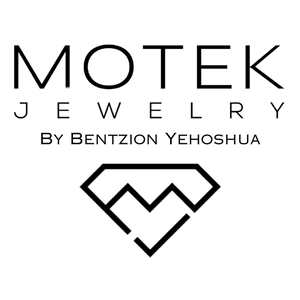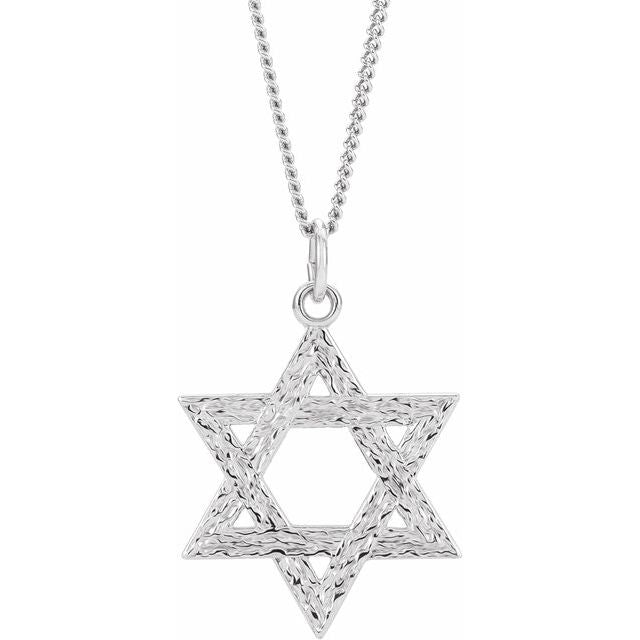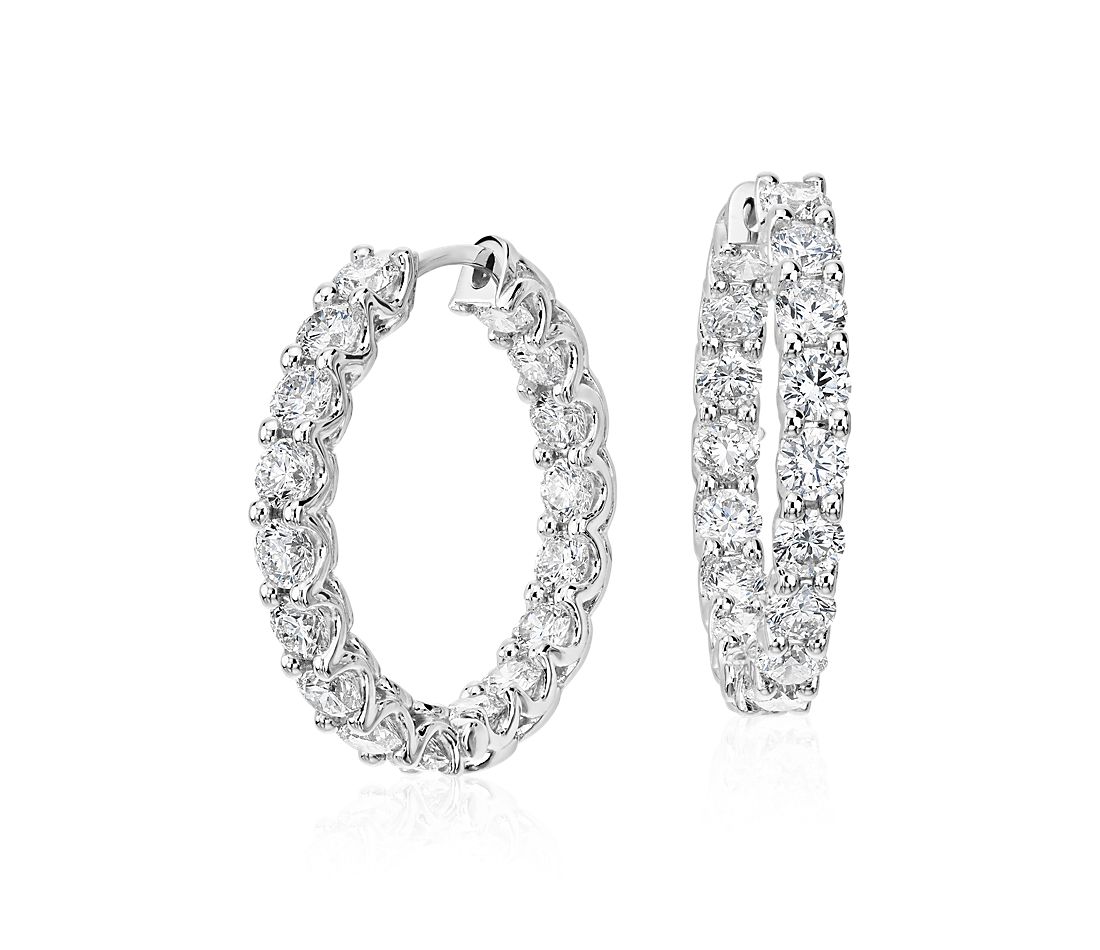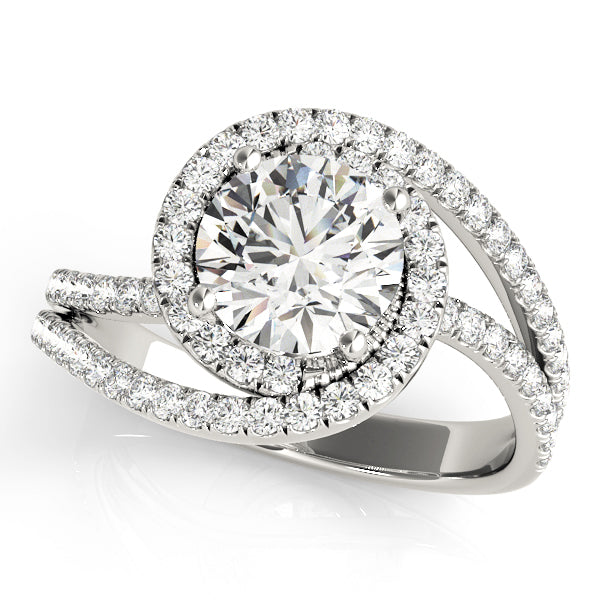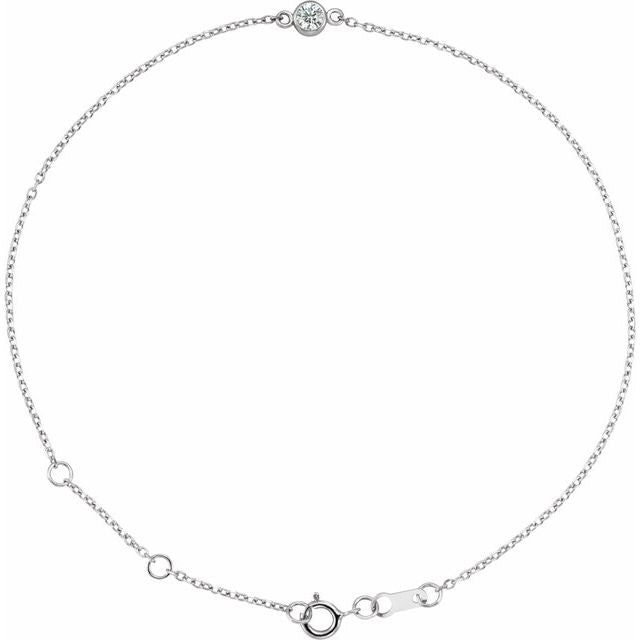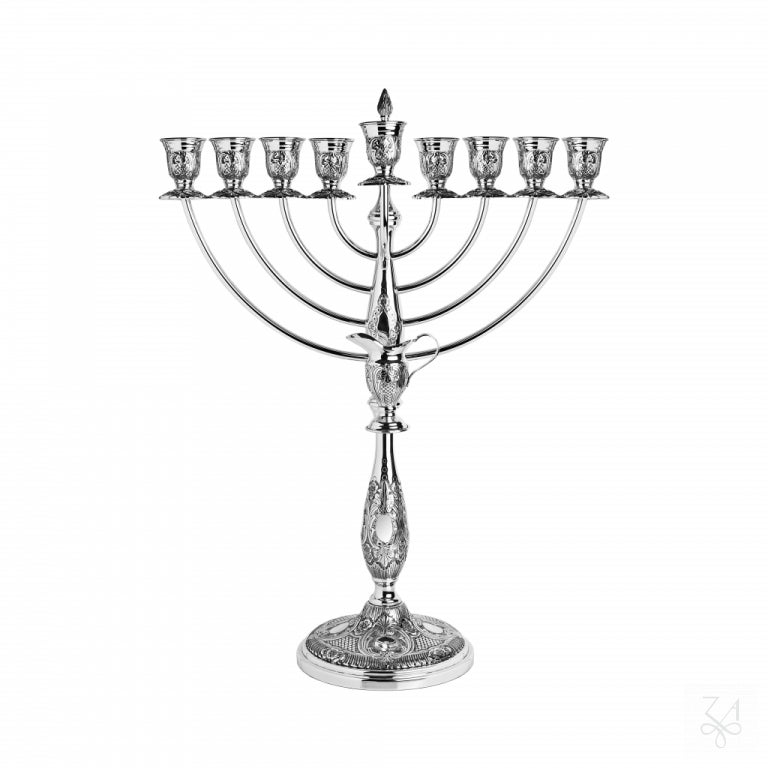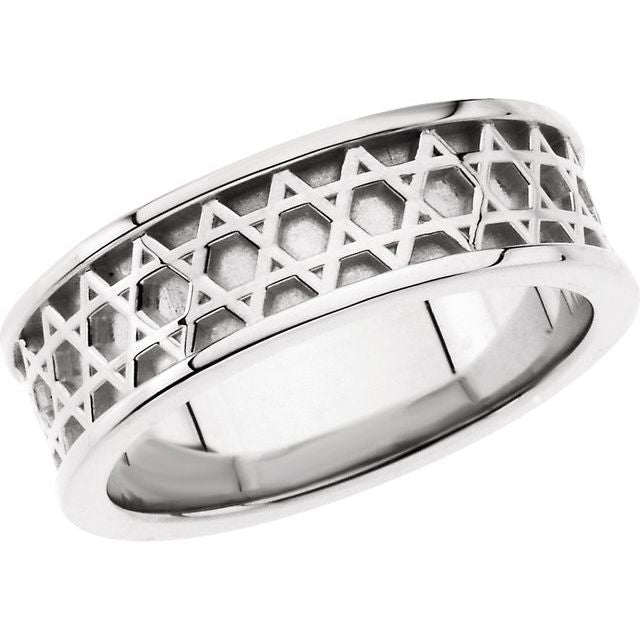Introduction
Silver jewelry has captivated human interest for thousands of years, evolving from ancient status symbols to modern fashion statements accessible to virtually everyone. With the global jewelry market projected to reach $292 billion by 2025, silver remains one of the most versatile and affordable precious metals in the industry [1]. Whether you're a minimalist seeking everyday pieces, a fashion enthusiast looking for statement accessories, or a budget-conscious shopper who doesn't want to compromise on quality, silver jewelry offers something for everyone.
This comprehensive guide explores everything you need to know about silver jewelry—from its rich history and diverse types to practical shopping tips and care instructions. We'll examine current market trends, highlight popular styles across different price points, and help you make informed decisions for your next silver purchase.
The Enduring Appeal of Silver Jewelry
A Brief History of Silver Adornment
Silver's relationship with human adornment dates back to ancient civilizations. Archaeological evidence shows silver jewelry from as early as 4000 BCE in ancient Mesopotamia and Egypt. The Romans valued silver nearly as much as gold, while in ancient China and India, silver was believed to have protective and healing properties.
Throughout history, silver has symbolized wealth, purity, and sophistication. Unlike gold, which was often reserved exclusively for royalty and the elite, silver created a bridge that allowed the middle classes to enjoy precious metal adornment. This accessibility has remained one of silver's most enduring characteristics.
Why Silver Continues to Shine
Today's popularity of silver jewelry stems from several key factors:
-
Affordability: Silver provides the luxury look of a precious metal at a fraction of gold or platinum's cost. According to recent market analyses, fine silver jewelry typically costs 1/50th to 1/100th the price of comparable gold pieces [2].
-
Versatility: Silver complements virtually every skin tone, outfit color, and style aesthetic—from corporate attire to casual weekend wear.
-
Hypoallergenic Properties: For the estimated 15-20% of the population with sensitive skin or metal allergies, high-quality silver (especially sterling silver) offers a safer alternative to many costume jewelry metals.
-
Sustainability Appeal: With growing consumer consciousness about ethical sourcing, silver's lower environmental impact compared to gold mining has increased its appeal among environmentally concerned shoppers.
Understanding Different Types of Silver Jewelry
Sterling Silver: The Industry Standard
Sterling silver, composed of 92.5% pure silver and 7.5% other metals (usually copper), represents the quality standard in silver jewelry. This alloy, denoted by "925" stamps, provides the perfect balance between silver's beauty and the durability needed for everyday wear.
According to the Silver Institute, sterling silver accounts for approximately 30% of all silver consumption globally [3]. Its popularity stems from its:
-
Excellent workability for intricate designs
-
Superior durability compared to pure silver
-
Prestigious recognition among jewelry connoisseurs
-
Established hallmarking system for authenticity
Fine Silver: The Purest Form
At 99.9% pure silver, fine silver (marked as .999) offers unmatched luster and tarnish resistance. However, its softness makes it impractical for most jewelry applications beyond simple designs. It's most commonly found in:
-
Silver bullion jewelry
-
Traditional cultural pieces from Thailand, Hill Tribes, and parts of Asia
-
Art jewelry where malleability is advantageous
Silver-Plated Jewelry: Budget-Friendly Options
Silver-plated pieces feature a thin layer of silver over a base metal core, typically brass or copper. While not as valuable or durable as sterling silver, this category provides affordable fashion options that can still offer the aesthetic appeal of silver.
Recent manufacturing improvements have increased the durability of silver plating, with higher-quality pieces maintaining their appearance for years with proper care. Silver-plated jewelry now represents approximately 40% of the silver-toned jewelry market.
Argentium Silver: The Modern Innovation
Developed in the 1990s, Argentium silver replaces some copper in the traditional sterling alloy with germanium. This creates a superior metal with:
-
Enhanced tarnish resistance
-
Higher purity (935 or 960 parts silver per 1000)
-
Improved fire stain resistance during manufacturing
-
Greater hardness and durability
Though more expensive than traditional sterling, Argentium has gained popularity among designers creating premium contemporary pieces.
Silver Jewelry Styles for Every Taste
Minimalist and Everyday Silver
Minimalist silver jewelry emphasizes clean lines, geometric shapes, and understated elegance. These pieces serve as versatile wardrobe staples that transition seamlessly from professional environments to casual settings.
Popular minimalist silver pieces include:
-
Thin stacking rings: Often priced between $15-$50
-
Simple studs or small hoop earrings: Typically ranging from $20-$75
-
Delicate chain necklaces: Generally available from $25-$100
-
Unobtrusive cuff bracelets: Usually found between $40-$150
According to retail data, minimalist silver jewelry accounts for approximately 35% of all silver jewelry purchases, with consumer preference for these styles growing steadily over the past decade [4].
Statement and Artistic Silver
For those seeking more expressive options, statement silver jewelry transforms accessories into conversation pieces. These designs often feature:
-
Bold proportions and dramatic silhouettes
-
Intricate textures and sculptural elements
-
Integration of unusual shapes or inspirations
-
Artistic approaches to traditional forms
Price points for statement silver pieces typically range from $75 for smaller items to $500+ for elaborate handcrafted designs. Many independent designers specialize in this category, creating pieces that function as wearable art.
Cultural and Traditional Silver Styles
Silver holds special significance in numerous cultural jewelry traditions:
-
Native American: Navajo, Zuni, and Hopi silversmiths create distinctive pieces featuring turquoise, intricate stampwork, and symbolic motifs. These authentic pieces typically range from $100-$1000+.
-
Mexican Silver: With its roots in Taxco, Mexican silver jewelry often features bold, modernist designs inspired by pre-Columbian art. Quality vintage and contemporary pieces range from $75-$500.
-
Scandinavian Silver: Characterized by clean lines and organic forms, Nordic silver design emphasizes simplicity and functionality, typically priced between $50-$400.
-
Balinese and Thai Silver: These traditions feature meticulous filigree work and granulation techniques, creating intricate pieces typically available from $40-$300.
The market for cultural silver jewelry has grown approximately 12% annually over the past five years, reflecting increased consumer interest in pieces with heritage and meaning.
Contemporary Trends in Silver Jewelry
Current silver jewelry trends reflect broader fashion movements while capitalizing on silver's unique properties:
-
Mixed Metals: Combining silver with gold, rose gold, or copper creates dimensional pieces that coordinate with multiple accessories.
-
Textured Finishes: Hammered, brushed, and oxidized treatments add visual interest and hide minor scratches.
-
Personalized Pieces: Custom-stamped messages, coordinates, or birthstone integrations add sentimental value.
-
Convertible Jewelry: Modular designs that can be worn multiple ways maximize versatility and value.
-
Sustainable and Ethical Focus: Recycled silver and transparent sourcing practices appeal to conscious consumers.
Market research indicates that approximately 65% of silver jewelry consumers now consider at least one of these trends when making purchasing decisions.
Silver Jewelry for Every Budget
Entry-Level Silver ($15-$75)
Even with modest budgets, quality silver options exist through:
-
Mass-market retailers: Stores like H&M, Zara, and Target offer silver-plated and some sterling silver options at accessible price points.
-
Online silver specialists: Websites focusing exclusively on silver jewelry achieve economies of scale that translate to lower prices.
-
Silver-plated quality pieces: Higher-quality silver plating can provide good durability at entry-level prices.
Items in this category typically include simple stud earrings, thin bands, pendants on basic chains, and minimalist bracelets. While these pieces may lack the craftsmanship or uniqueness of higher-priced options, they provide accessible entry points for silver jewelry collectors.
Mid-Range Silver ($75-$250)
The mid-range market offers significantly better quality, uniqueness, and durability:
-
Branded sterling silver collections: Established jewelry brands like Pandora, James Avery, and Links of London offer distinctive designs with reliable quality.
-
Independent designer pieces: Emerging designers often position their silver lines in this price range, providing unique designs without premium markups.
-
Enhanced materials and techniques: Expect larger stone settings, more substantial weights, and specialized finishing techniques.
In this category, consumers find everyday luxury pieces like signature pendants, sculptural earrings, substantial bangles, and statement rings that balance quality with affordability.
Premium Silver ($250-$1000+)
At the higher end of the silver jewelry market:
-
Designer silver collections: Recognized designers like John Hardy, Georg Jensen, and Tiffany & Co. command premium prices for their silver creations.
-
Artisanal masterpieces: Master silversmiths create museum-quality pieces with exceptional craftsmanship.
-
Heritage pieces: Historical or collectible silver jewelry often appreciates in value over time.
-
Integrated precious elements: High-end silver pieces may incorporate diamonds, precious gemstones, or gold elements.
While representing only about 15% of the silver jewelry market by volume, premium silver accounts for approximately 40% of the market by value.
Shopping Smart for Silver Jewelry
Authentication and Quality Markers
When purchasing silver jewelry, verify authenticity through:
-
Hallmarks and stamps: Look for "925," "Sterling," or "S.S." stamps indicating sterling silver content.
-
Magnetism test: Sterling silver is not magnetic; if a piece strongly attracts a magnet, it likely contains significant amounts of non-silver metals.
-
Certificate of authenticity: Reputable sellers provide documentation of materials and craftsmanship.
-
Weight assessment: Silver has a specific heft—pieces that feel unusually light may contain less silver than claimed.
Navigating Online and Offline Silver Purchases
The silver jewelry market has evolved dramatically with approximately 40% of all purchases now occurring online. To shop confidently:
For online purchases:
-
Research seller reviews and return policies
-
Look for detailed material descriptions and clear photographs
-
Check for secure payment options and transparent pricing
-
Verify shipping insurance for valuable pieces
For in-person shopping:
-
Examine pieces under different lighting conditions
-
Check construction quality, especially clasps and connection points
-
Ask about the store's policies on repairs and returns
-
Request written verification of materials
Investing in Silver Jewelry
While primarily purchased for adornment, certain silver jewelry can represent sound investments:
-
Designer pieces from renowned brands often maintain or increase their value, particularly limited editions or discontinued collections.
-
Artistic pieces from recognized silversmiths may appreciate significantly as their careers progress.
-
Historical or vintage silver jewelry with documented provenance can command premium prices from collectors.
Investment-grade silver jewelry typically appreciates at 5-15% annually, outperforming many other consumer goods purchases but requiring careful selection and authentication [5].
Caring for Your Silver Jewelry Collection
Preventing Tarnish and Damage
Silver naturally reacts with sulfur in the air, creating tarnish. Minimize this reaction by:
-
Storing pieces in anti-tarnish bags or cloth
-
Keeping silver in low-humidity environments
-
Removing jewelry before swimming, bathing, or using household chemicals
-
Wiping pieces with a soft cloth after wearing to remove oils and moisture
Effective Cleaning Methods
Maintain silver's luster through regular cleaning:
-
Commercial silver polishes provide effective cleaning but should be used sparingly to avoid removing too much silver.
-
DIY cleaning solution: Line a container with aluminum foil, add hot water and baking soda, and soak tarnished pieces for a chemical reaction that pulls tarnish away from the silver.
-
Polishing cloths specially designed for silver provide gentle maintenance between deep cleanings.
-
Professional cleaning recommended for valuable or intricate pieces every 1-2 years.
Storage Solutions for Longevity
Proper storage dramatically extends silver jewelry's life and appearance:
-
Individual anti-tarnish bags prevent pieces from scratching each other
-
Silica gel packets in storage containers absorb humidity
-
Specialized jewelry boxes with anti-tarnish properties offer organization and protection
-
Hanging storage for necklaces prevents tangling and chain damage
The Future of Silver Jewelry
The silver jewelry market continues to evolve with several emerging trends:
-
Integration with technology: Smart silver jewelry incorporating NFC chips or subtle tech elements combines traditional craftsmanship with modern functionality.
-
Sustainable practices: Recycled silver now represents approximately 25% of the market, with growth projected to reach 40% by 2030.
-
Digital design techniques: 3D printing and computer-aided design allow for previously impossible structures and patterns.
-
Direct-to-consumer brands: Removing traditional retail markups has created a new category of affordable premium silver jewelry.
Industry analysts project the silver jewelry segment to grow at a compound annual rate of 7.8% through 2025, outpacing many other jewelry categories.
Conclusion
Silver jewelry's remarkable combination of beauty, affordability, and versatility ensures its continued relevance in an ever-changing fashion landscape. Whether you're drawn to its lustrous appearance, appreciate its accessible price points, or value its rich cultural history, silver jewelry offers something for virtually every taste and budget.
From minimal everyday pieces to bold artistic statements, from affordable fashion items to heirloom-quality investments, the world of silver jewelry invites exploration and personal expression. By understanding the different types, recognizing quality markers, and properly caring for your pieces, you can build a silver jewelry collection that brings joy for years to come.
As we look toward the future, silver's adaptability to new design techniques, sustainability practices, and changing consumer preferences ensures this ancient metal will continue to shine in contemporary wardrobes.
References
-
Statista Research Department. "Global Jewelry Market - Statistics & Facts." Statista, 2022. https://www.statista.com/topics/5163/jewelry-market-worldwide/
-
The Silver Institute. "Silver Jewelry Demand Report." 2023. https://www.silverinstitute.org/silver-jewelry-demand/
-
Jewelry Industry Research Institute. "Precious Metals Market Analysis." 2022. https://www.jiri.org/precious-metals-market-analysis-2022/
-
Fashion & Jewelry Trend Report. "Consumer Preferences in Precious Metal Jewelry." 2023. https://www.fjtrends.com/reports/consumer-preferences-2023/
-
Investment Metals Advisory. "Collectible Jewelry as Alternative Investments." 2022. https://www.investmentmetalsadvisory.com/jewelry-investments/
